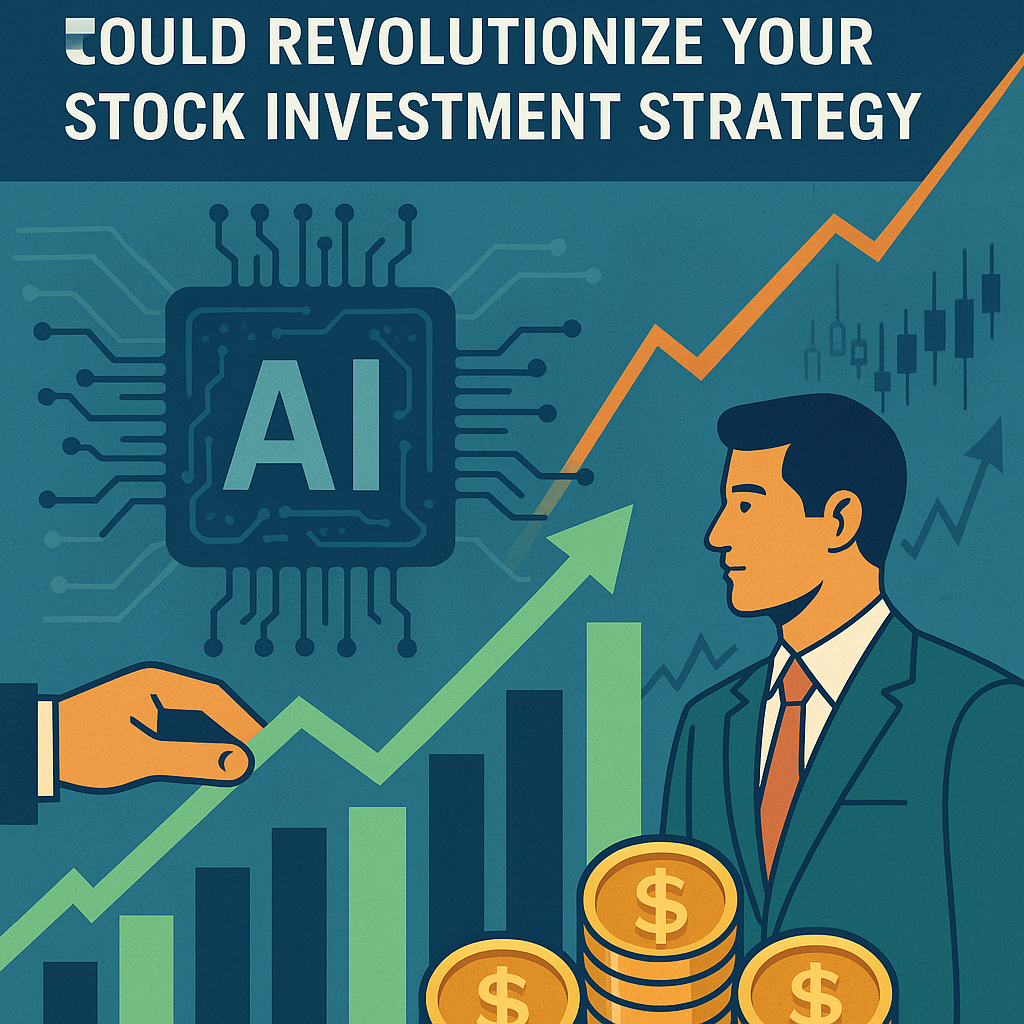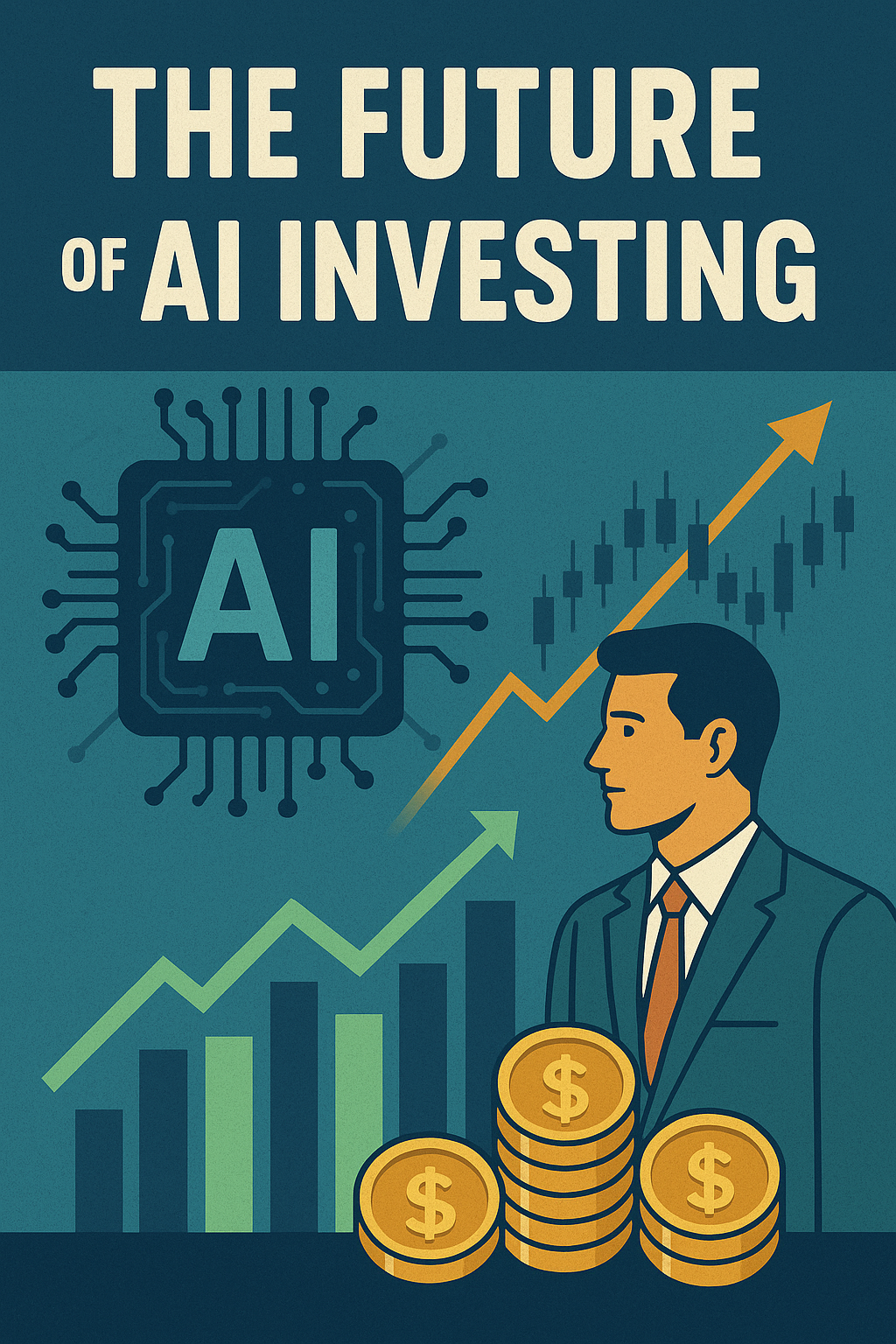The Next Big Opportunity for Profitability
In every generation, there is a moment when some new technology disrupts everything. With the internet, that moment came in 1994 with Netscape’s initial public offering. It created the Dot-Com Boom, enriching early believers. Back then, people who recognized the potential and invested wisely in stock made enormous sums — turning small amounts of money into generational wealth.
We are seeing the same pattern repeat itself today — with AI being the force this time around.
And just as during the 90s, most profits will not be reaped by those who entered early on. They’ll accrue to those who ride out long enough to benefit from the second wave — the accelerating phase.

What History Teaches Us About Investing in Innovation
Back in the Dot-Com bubble, everyone thought that the biggest gains on the stock market were earliest. But statistics say otherwise:
•Talk to Cisco (CSCO) about appreciating about 200% from 1995 up to the middle of 1997. Then, from 1997 to 1999, it went up another 800%.
•Qualcomm (QCOM) grew moderately at first, then exploded with a 2,800% rise during the boom’s second half.
•The same thing happened to Oracle (ORCL), Applied Materials (AMAT), and Paychex (PAYX).
These weren’t wild-guess bets — they were smart investments in companies building the infrastructure of the emerging digital universe.
Today’s equivalent? AI applications and infrastructure. Smart investors already are betting up on AI stocks, and the best money-making opportunity may be yet to come.
From Hype to Real-World Utility: Why AI Stocks Still Have Room to Run
AI is no longer a buzzword. It’s powering real-world applications in healthcare, logistics, cybersecurity, education, and finance.
Consider:
AI software cutting corporate costs by automating end-to-end workflows
Machine learning algorithms optimizing supply chains in real time
Natural language models transforming customer service and content creation
This isn’t the hype cycle — it’s the application cycle. And in the stock market, that’s when investment returns tend to go parabolic.
Why Volatility Is an Opportunity for Investors
Over the past three months, markets have careened wildly. Trade war escalations, political upheaval, and economic news stoked fear. Even the Volatility Index (VIX) fell to 52.33 — levels we haven’t seen since the bottom of the COVID crisis or the 2008 crash.
Here’s what experienced investors know: chaos brings opportunity.
Back in 1998, a Russian debt crisis, hedge fund collapses, and market panic filled the headlines. Most thought the internet bubble had popped — but the biggest rally was just beginning. The same cycle might be replayed with the AI bubble.
The May 7 Trigger: Will It Light the Next Investment Wave?
Everyone’s eyes are on May 7, when there is to be a major unveiling pertaining to U.S. economic and tech policy. If reports are true, it could involve:
New federal support for AI infrastructure
Expansion of AI application in defense, education, and health
Tax credits to spur private-sector innovation
If this event goes down as planned, it could generate billions of dollars of new stock investment, with retail and institutional investors scrambling to get in early.
And this time, they’ll be going after small-cap AI stocks — little-known gems with explosive growth potential.
How to Get Your Portfolio Ready for the Acceleration Phase
If you are determined to build wealth by using the stock market, now is the time to review your investment strategy. Ask yourself these questions:
•Are you invested in firms that stand to benefit from AI adoption?
•Are you diversified across both infrastructure (e.g., chip makers, cloud platforms) and application-level AI firms?
•Have you invested in growth areas while managing your risk?
You don’t need to call every winner — you simply need to find the right sectors at the right time of growth.
Conclusion: This Isn’t the End — It’s Just the Beginning
The AI revolution isn’t slowing down — it’s accelerating. The build-out phase is behind us. The next 24 months will be spent constructing true applications, creating true profits, and achieving real returns.
Whether you’re a beginner investor or a seasoned portfolio manager, now is the time to learn from history. The Dot-Com Boom’s second phase made more millionaires than the first. The AI Boom could do the same.
So stay informed. Stay invested. And most importantly — don’t miss the acceleration phase.
